
It’s been told that this shrine was initially founded in 806 A.D. The present shrine pavilions were constructed between 1609 and 1613 under the order of the region lord, Nagatsune Sagara.
On June 9th, 2008, the Ministry of Education, Culture, Sports, Science and Technology designated this, Hiyoshi City’s highly-esteemed, Aoi Aso Shrine and its five pavilions (the two-storied gate, the front shrine, the votive offering hall, the tower, and the main shrine) as the National Treasures of Japan.
It is the first Important Cultural Property in Kumamoto Prefecture to receive a National Treasure designation and is also the southernmost building to receive this title in the entire Japan. It is the fifth National Treasure designation in all of Kyushu, which Kyushu has received for the first time in 55 years.
Kuma region is home to 90% of all of the shrines and temples in Kumamoto with the title of Important Cultural Properties given by the Japanese government and/or the prefectural government: this is includes Aoi Aso Shrine, which is considered to be one of the main ones of that example.
【Summary】
Aoi Aso Shrine was founded in 806 A.D. and has been regarded as the protector of the land by the people of Kuma district. During the medieval times, the shrine became the guardian god of the Sagara clan (the ruling family of Hitoyoshi Castle) who constructed the present shrine pavilions in the early Edo period. The architecture is in the Momoyama style; coated in black, with a steep thatched roof, richly colored, and decorated with detailed engravings and intricate patterns. The main shrine, the votive offering hall, and the front shrine are all connected as well.
【Value as a National Treasure】
① The pavilions of Aoi Aso Shrine were successively constructed during the Keicho Era with an unified design all throughout and at a high degree of perfection.
② Each shrine pavilion reflects a relatively unique design developed during the medieval period in Kuma. Yet, they all portray each of their magnificence by utilizing the decorative styles and flairs from the Momoyama period. This method eventually became a textbook model for the modern shrine and temple constructions throughout Kuma region.
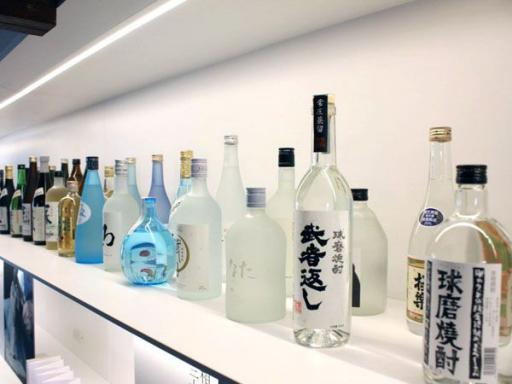
Crafted with high-quality rice (100% pure rice) and the pristine waters of Hitoyoshi-Kuma, this distilled spirit is an internationally recognized reg…
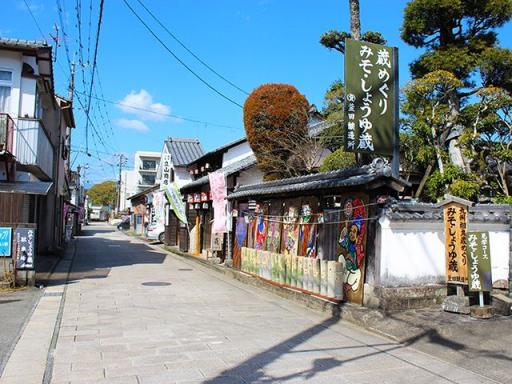
This street retains the charm of the castle town of Hitoyoshi, with its picturesque cobblestone paths and white-walled merchant houses. During the er…
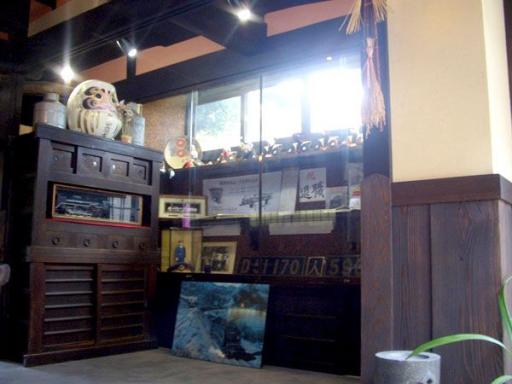
Kajiyamachi-dori (or Kajiyamachi Avenue) is full of remnants from the old times, and it has a long history of Sawara clan’s presence - approximately …
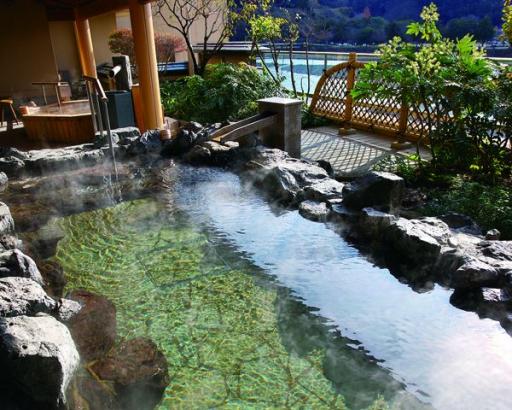
Hitoyoshi Onsen originated in 1910, and now there are more than 50 hot spring sources. The spring quality is weak alkaline carbonate spring, which fe…
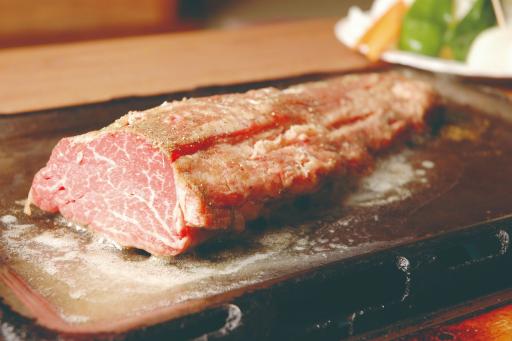
This Yakiniku grilled beef restaurant, located in the isolated area on the top of mountain, draws about 400 customers per day during busy season. The…
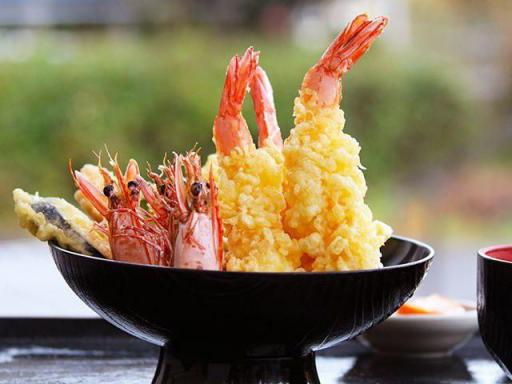
This port-side restaurant specializes in fresh seafood and Ashiaka-ebi prawn. They offer various dishes such as “Ashiakaebi Tendon”, a bowl of rice…
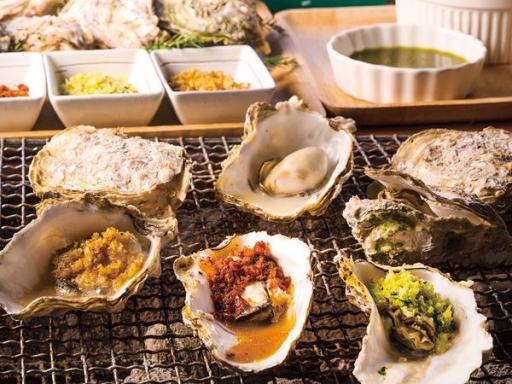
Tsunagi Oyster Bar is managed by local fisherman’s association at the vacant ground of an elementary school on the hill overlooking the Shiranui Sea.…

Located 10 minutes walk from Minamata Station, Suikosha is a restaurant directly managed by the CO-OP. The most popular dish is Ebi Chanpon, a noodle…